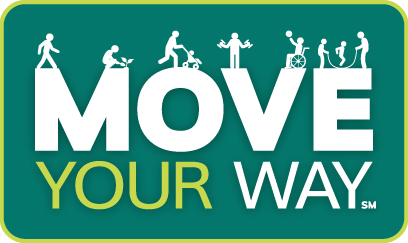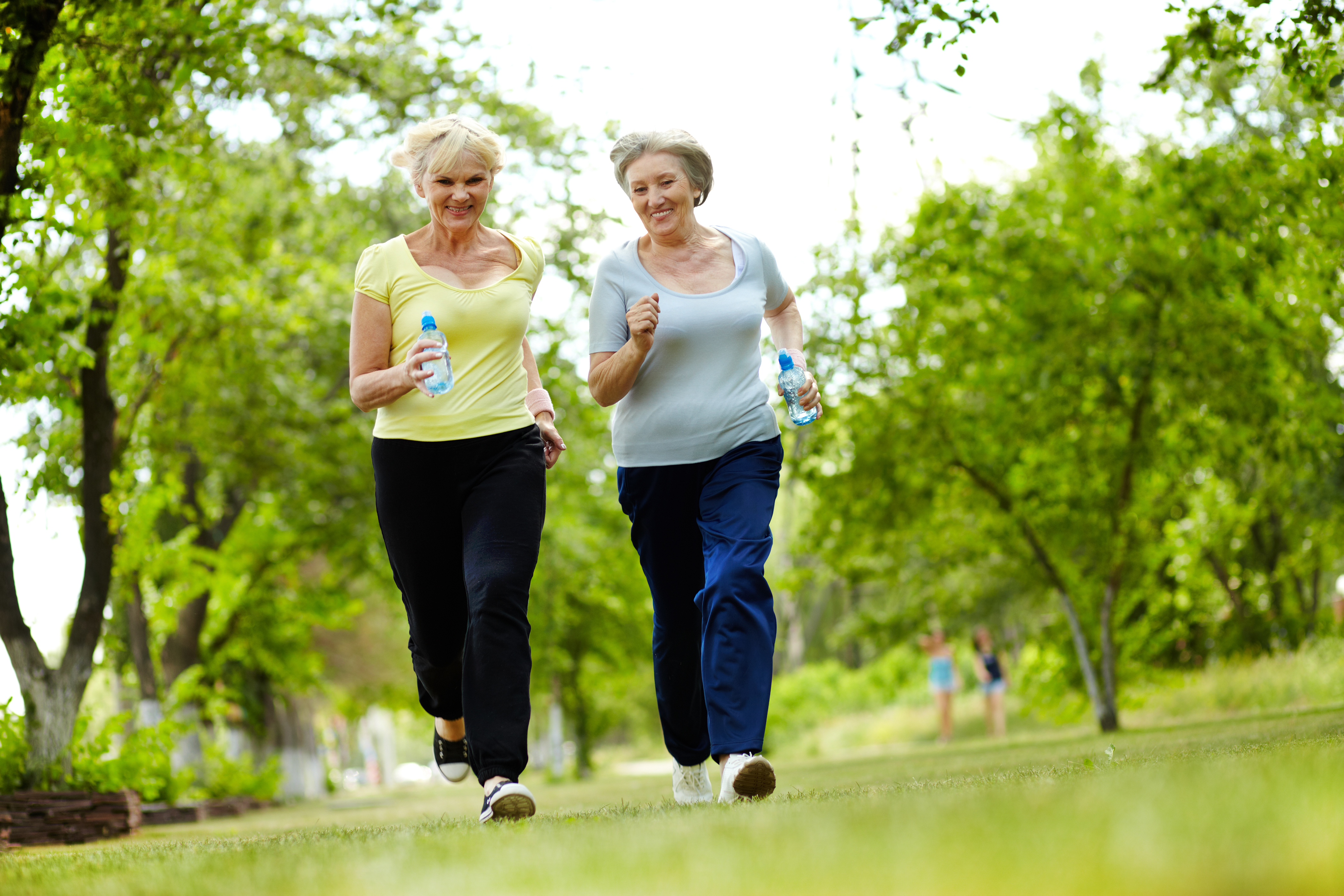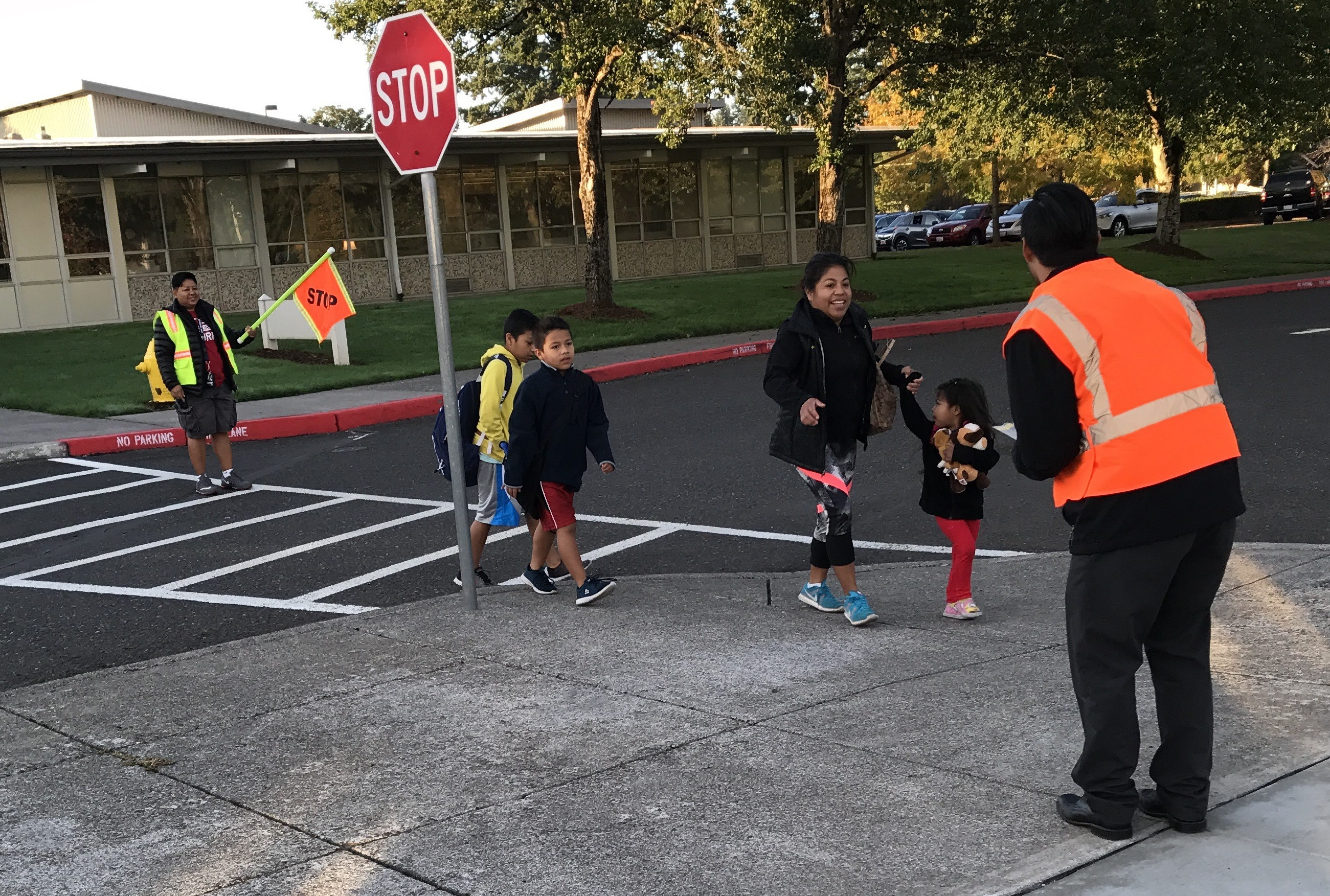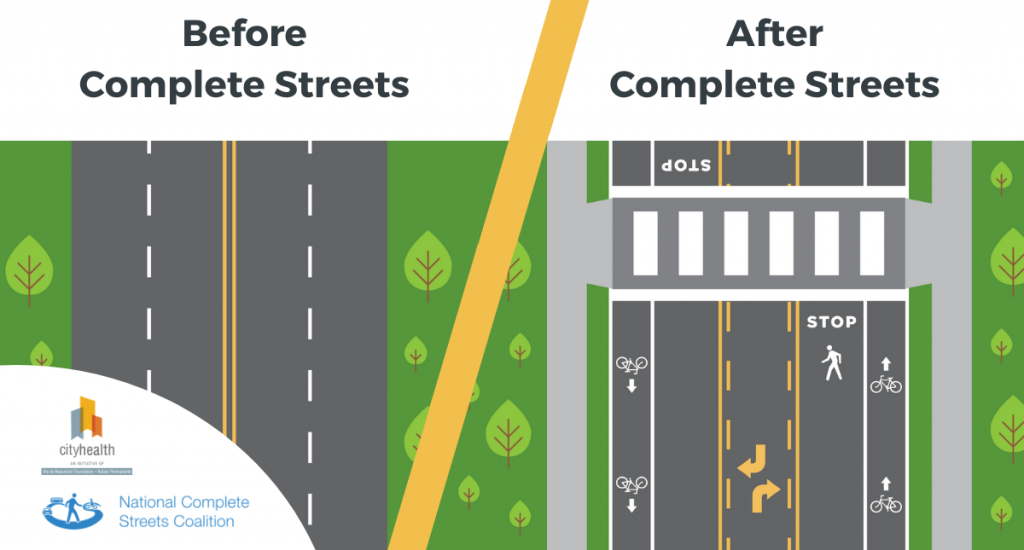Being physically active is one of the most important things people can do to improve their health, according to the Office of Disease Prevention and Health Promotion.
These guidelines are detailed in the Physical Activity Guidelines for Americans on the Office of Disease Prevention and Health Promotion website.
These guidelines provide evidence-based guidance to help Americans maintain or improve their health through physical activity.
Everyone has a different way to be active and Move Your Way has numerous tips for adults and parents on how to get moving. Find tools for adults, older adults, parents as well as during and after pregnancy. Get more active and start feeling better right away. Adults need a mix of physical activity including moderate-intensity aerobic activity and muscle-strengthening activity.
Cycling is an enjoyable way to stay healthy, including helping lower your cholesterol, lose weight, and strengthening your legs. You can cycle for transportation, exercise, with your friends or by yourself.
Bicyclists can also face hazards and injuries, so learn how to keep safe on our Walk, Run, Ride or Roll page.
America Walks is a website that promotes walking events through out the United States. Another good resource for information on the benefits of activity is Tips to Help You Get Active.
Regular exercise
Adults need at least 150 minutes a week of moderate-intensity aerobic activity and muscle-strengthening activity 2 days a week. Kids and teens need at least 60 minutes of activity every day that include muscle-strengthening and bone-strengthening activities.
The American Heart Association also provides tips on how to meet these guidelines.
Every Body Walk! is a documentary about walking and how it benefits your cardiovascular system. Walking helps keep your heart strong.
Here are some ways we’re promoting physical activity for adults and children
Walk, Run, Ride or Roll - Physical activity improves health and reduces stress. Whether you walk, run, ride or roll, consistent activity reduces the risk of obesity, diabetes, heart disease, hypertension, osteoporosis and depression.
Physical activity is fundamental to maintaining good health!
Safe routes to school - Schools and community partners are helping children walk and bike to school safely, reduce congestion around schools and improve air quality.
The Safe Routes Partnership addresses more than just safe routes to schools, such as safe routes to parks and healthy food as well as active transportation and other issues.
Complete Streets - Making streets more walkable, safer for bicyclists, accessible to people with disabilities and better access to public transportation.
The National Complete Streets Coalition is a non-profit, non-partisan alliance of public interest organizations and transportation professionals committed to the development and implementation of Complete Streets policies and practices.
Local resources
For more information, contact the Chronic Disease Prevention team.





